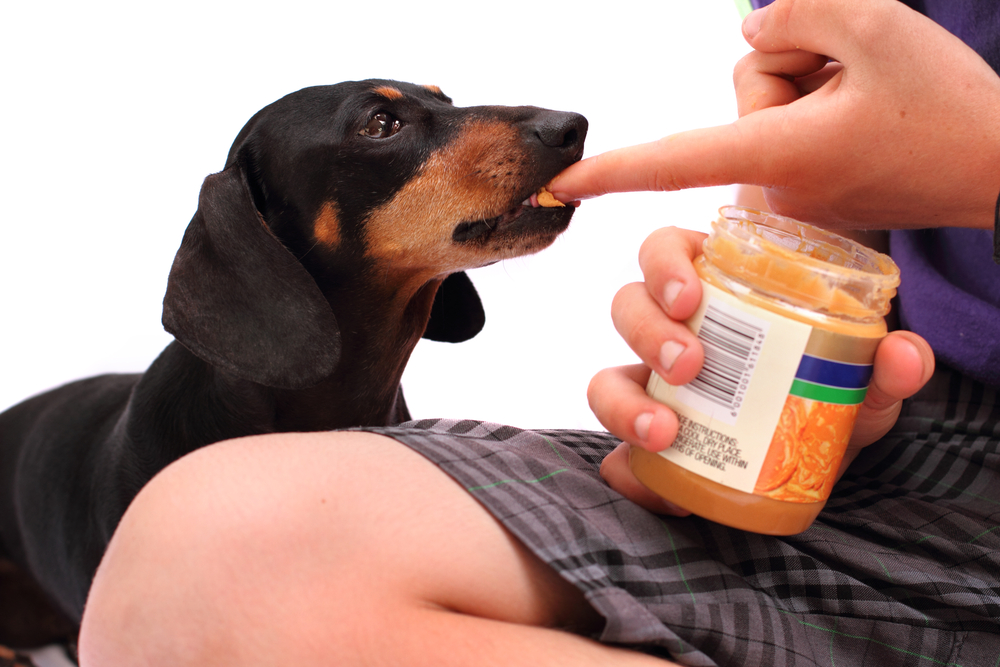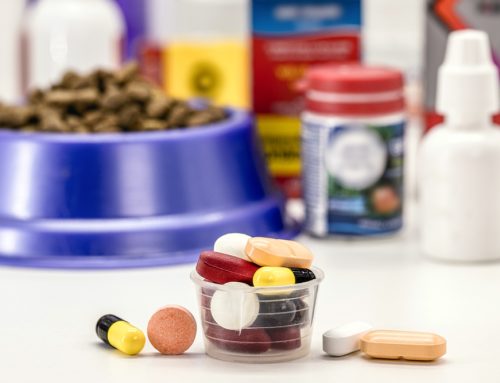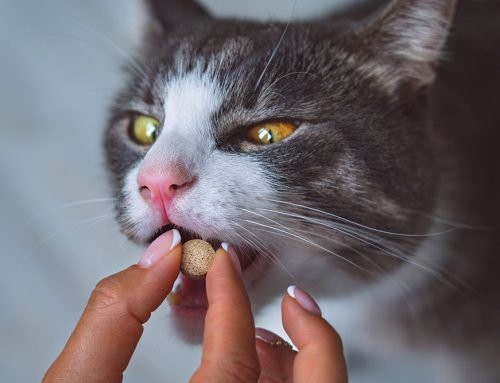When your veterinarian tells you that your pet needs medication, you likely wince, cringe, or scream silently. However, pets often have health conditions that require pills or liquid medications. If the thought of medicating your pet makes you feel like you need prescription-strength courage and patience, check out these helpful tips from our Alisos Animal Hospital team.
#1: Know your pet, talk to your vet
Be open with your veterinarian about any potential or known challenges that may prevent you from effectively medicating your pet. This may include:
- Previous challenges with medication
- Fearful or aggressive pets
- No available help at home (e.g., spouse or friend to hold the pet)
- Dexterity or other physical limitations
Addressing these concerns at the appointment can help you and your pet avoid unnecessary stress or injury, and ensure that your pet will receive the medical treatment they need. In many cases your veterinarian can prescribe or order an alternative formulation (e.g., flavored liquid, chewable treat, gel capsules, long-lasting injection) that is safer and more effective for the given circumstances.
#2: Practice low-stress pet medicating techniques
If you must give your pet’s oral medication manually, use low-stress techniques to avoid alarming your pet. This includes:
- Staying calm — Your pet can tell if you’re nervous, so try to relax.
- Getting on the same level — Place small pets on the couch, and sit down to medicate large dogs. These postures eliminate your need to lean over your furry pal, which pets find intimidating.
- Moving quickly and confidently — Smooth and assured movements are less stressful for your pet. Follow these tips:
- Grasp the upper jaw — Use your nondominant hand to grasp and stabilize your pet’s upper jaw.
- Open your pet’s mouth — With the pill in your other hand, push down on the lower jaw from the front or slide your fingers inside the gap between the upper and lower teeth on the side.
- Release the pill at the tongue base — When the mouth opens, move along the tongue to the mouth’s back. Release the pill at the tongue’s base to trigger a swallow reflex.
- Close the mouth — Gently hold your pet’s mouth closed. You may gently rub their throat to stimulate swallowing.
- Using the pocket for liquid medications — Liquid medications can be given in the cheek pocket. Give slowly to ensure your pet has a chance to swallow.
#3: Learn how to use pet pilling tools
In some situations our Alisos Animal Hospital team recommends specific tools to make pet medicating safer and easier. Our skilled technicians and assistants will review these items with you to ensure you know how to use them. However, to ensure you feel at ease, we recommend you practice handling these tools at home without your pet, which can help minimize your pet’s stress and prevent any damaged or wasted medication. Useful tools include:
- Towels or cat bags — Wrapping cats or small dogs in a towel or specially designed pet bags create a swaddling effect and minimize scratching and struggling.
- Pet piller — These inexpensive instruments have a rubber tip and a long handle that allows you to place the tablet or capsule at the back of your pet’s tongue while avoiding close contact with their teeth
- Oral syringes — Liquid medications and slurries (i.e., powdered medication mixed with wet food and water) are administered with a blunt-tipped oral syringe.
#4: Wrap your pet’s pills in irresistible treats
While some pets will gladly take any treat—including standard Pill Pockets—others are more discerning. If your pet is one of the latter, select an enticing food reward that your pet cannot resist. Common favorites include:
- Canned pet food
- Xylitol-free peanut butter or almond butter
- Soft cheese or cream cheese
- Bread
- Lunch meat
- Mini marshmallows
Because these foods are rich compared with traditional pet food, use the smallest amount possible to prevent your pet from experiencing weight gain or digestive upset. However, whenever possible, avoid giving your pet people foods, and put pills in treats or food formulated specifically for pets. If your pet has food sensitivities, ask your veterinarian before using human foods to administer medication to your pet.
#5: Use the sandwich method for treat-loving pets
The sandwich method is a great stress- and restraint-free technique for giving oral medication to hungry hounds and foodie felines. The process is basically a bait-and-switch strategy, which involves giving a couple of blank (i.e., nonmedicated) treats and sneaking in the disguised medicated treat while your pet remains happy and enthusiastic. The goal is to give your pet an exceptionally enticing treat in an excited manner (e.g., in quick succession), so they don’t have time to think about—or sniff—the medicated treat. Follow these sandwich method pill administration tips:
- With clean hands, prepare two sets of three treats.
- Disguise your pet’s medication in an identical treat, ideally the same size as the others.
- Wash your hands to avoid contaminating the nonmedicated treats.
- In rapid succession, give your pet three blank treats.
- Give the medicated treat.
- Follow quickly with the remaining three blank treats.
- If your pet’s medication is in liquid form, prepare two additional syringes filled with a slurry of canned food or xylitol-free peanut butter mixed with plain yogurt.
#6: Distract your pet when applying topical medications

Topical ear and skin medications can be equally challenging to apply. While young and energetic pets are like moving targets, others may be sensitive or painful, attempting to avoid all contact.
Positive distractions—such as xylitol-free peanut butter, cheese spread, or canned pet food smeared on the inside of a coffee mug, Kong, or on a grooved mat—can keep your pet preoccupied during and after topical medication administration. Licking is a naturally soothing activity that releases endorphins and serotonin in your pet’s brain, which could help build positive associations for future topical medication administration.
With a little preparation, patience, and practice, medicating your pet can be a real treat—for them. But if your pet strongly protests, our talented team can provide expert tips, practical insights, and one-on-one coaching. Schedule your pet’s appointment with our Alisos Animal Hospital team.








Leave A Comment